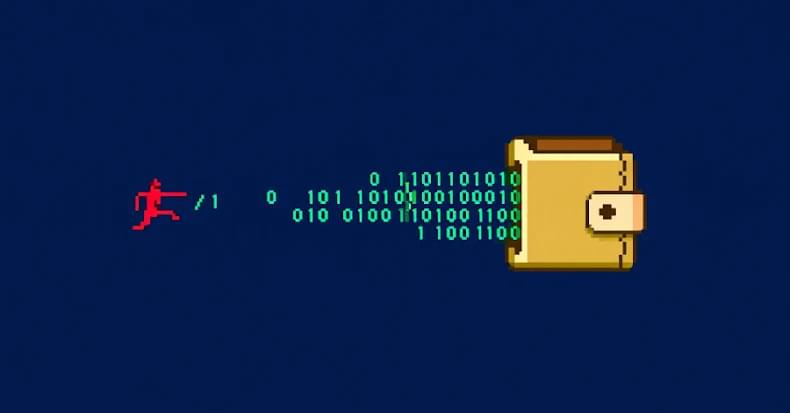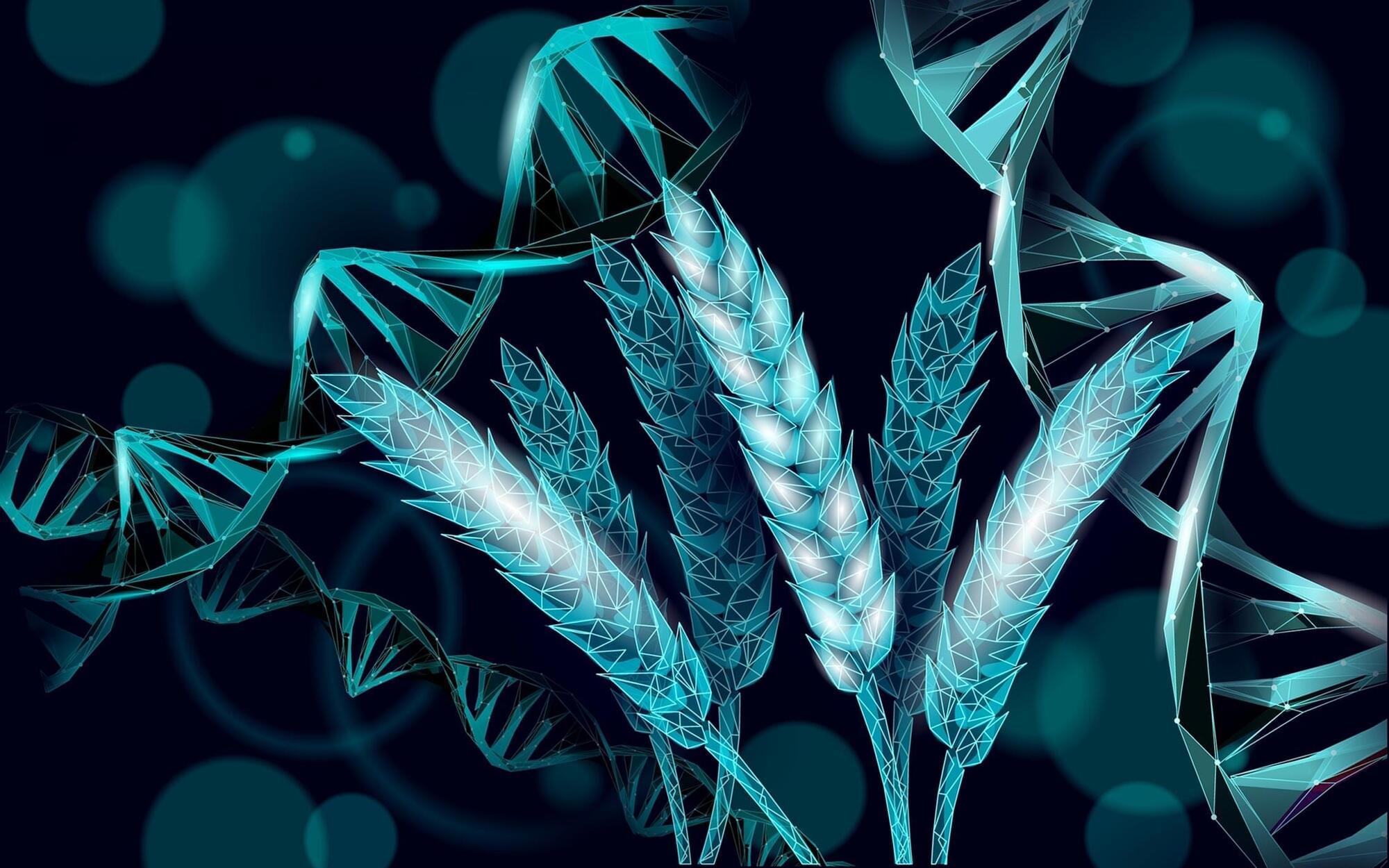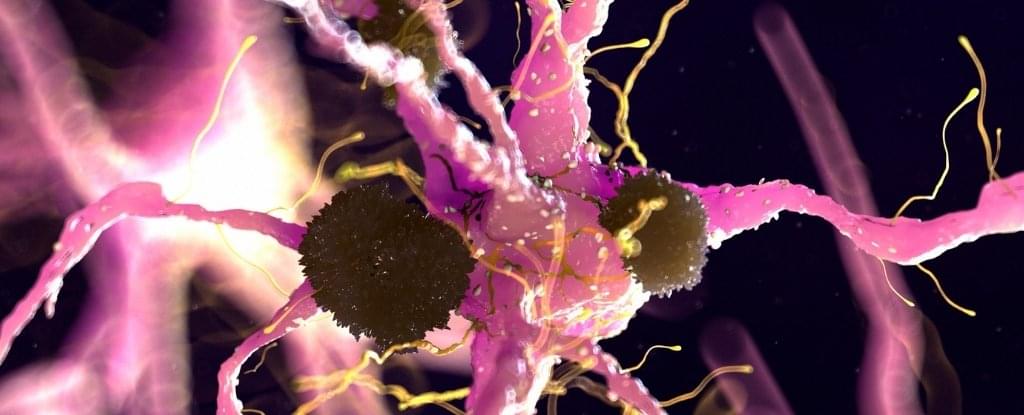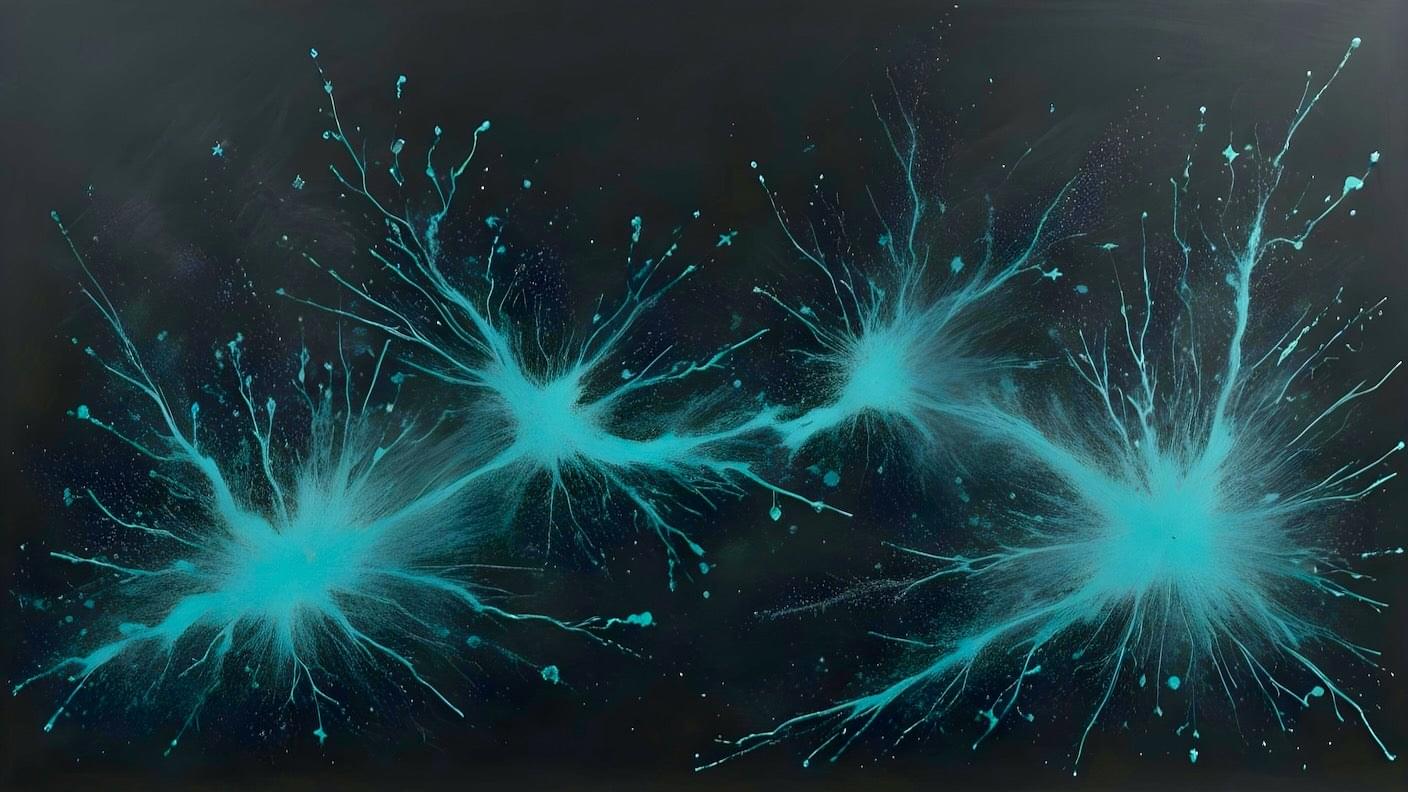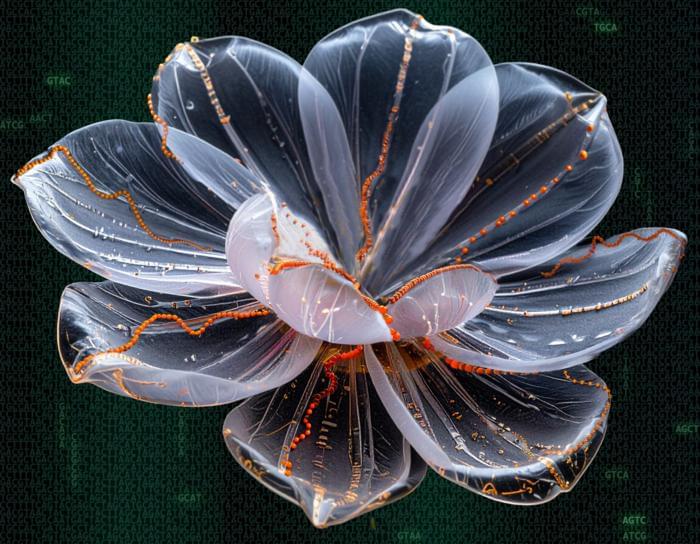CVE-2025–53770, assessed to be a patch bypass for CVE-2025–49704 and CVE-2025–49706, has been weaponized as a zero-day by three Chinese threat groups, including Linen Typhoon (aka Budworm), Violet Typhoon (aka Sheathminer), and Storm-2603, the latter of which is linked to the deployment of Warlock, LockBit, and Babuk ransomware families in recent months.
However, the latest findings from Symantec indicate that a much wider range of Chinese threat actors have abused the vulnerability. This includes the Salt Typhoon (aka Glowworm) hacking group, which is said to have leveraged the ToolShell flaw to deploy tools like Zingdoor, ShadowPad, and KrustyLoader against the telecom entity and the two government bodies in Africa.
KrustyLoader, first detailed by Synacktiv in January 2024, is a Rust-based loader previously put to use by a China-nexus espionage group dubbed UNC5221 in attacks exploiting flaws in Ivanti Endpoint Manager Mobile (EPMM) and SAP NetWeaver.

